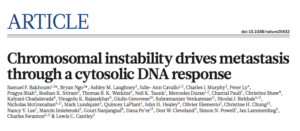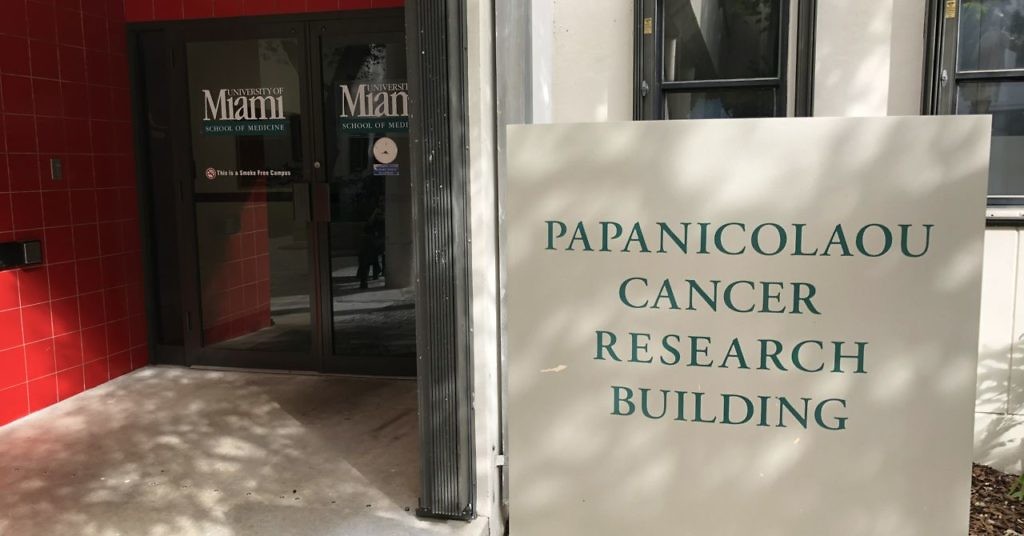The STING and Metastasis Controversy Reignited
 Last week we reported on a paper published in Nature by Bakhoum et al that raised the provocative question, Can STING agonists promote metastasis? (Link to BSB post).
Last week we reported on a paper published in Nature by Bakhoum et al that raised the provocative question, Can STING agonists promote metastasis? (Link to BSB post).
As Dr Bakhoum subsequently tweeted an image from the research made the front page of the print edition of Nature:
Our work, identifying Chromosomal Instability as a genomic driver of #metastasis through chronic activation of innate immune pathways, featured on the cover of @nature @bryandngo @WeillCornell @sloan_kettering https://t.co/ONZFfA8cqB pic.twitter.com/Fn7ENZ2u5G
— Samuel Bakhoum (@Samuel_Bakhoum) January 24, 2018
 In this latest post, we continue the story with a perspective on this research from one of the world’s leading experts on the science behind the STING (stimulator of Interferon genes) pathway.
In this latest post, we continue the story with a perspective on this research from one of the world’s leading experts on the science behind the STING (stimulator of Interferon genes) pathway.
Glen N. Barber, PhD is Chairman of the Department of Cell Biology at the University of Miami Miller School of Medicine and holds the Eugenia J. Dodson Chair in Cancer Research.
He has published extensively on the biology of STING and targeting the innate immune system.
In science we often hear that the truth is what the data tells us, but what does the data by Bakhoum et al really tell us and what conclusions can we draw from it that will guide future translational and clinical research?

Dr Barber kindly spoke to BSB at his office in the Papanicolaou Cancer Research building at the UM medical school and offers a perspective that reignites the controversy over STING and Metastasis.
To learn more from our latest expert insights, subscribers can log-in or you can click to gain access to BSB Premium Content.
This content is restricted to subscribers